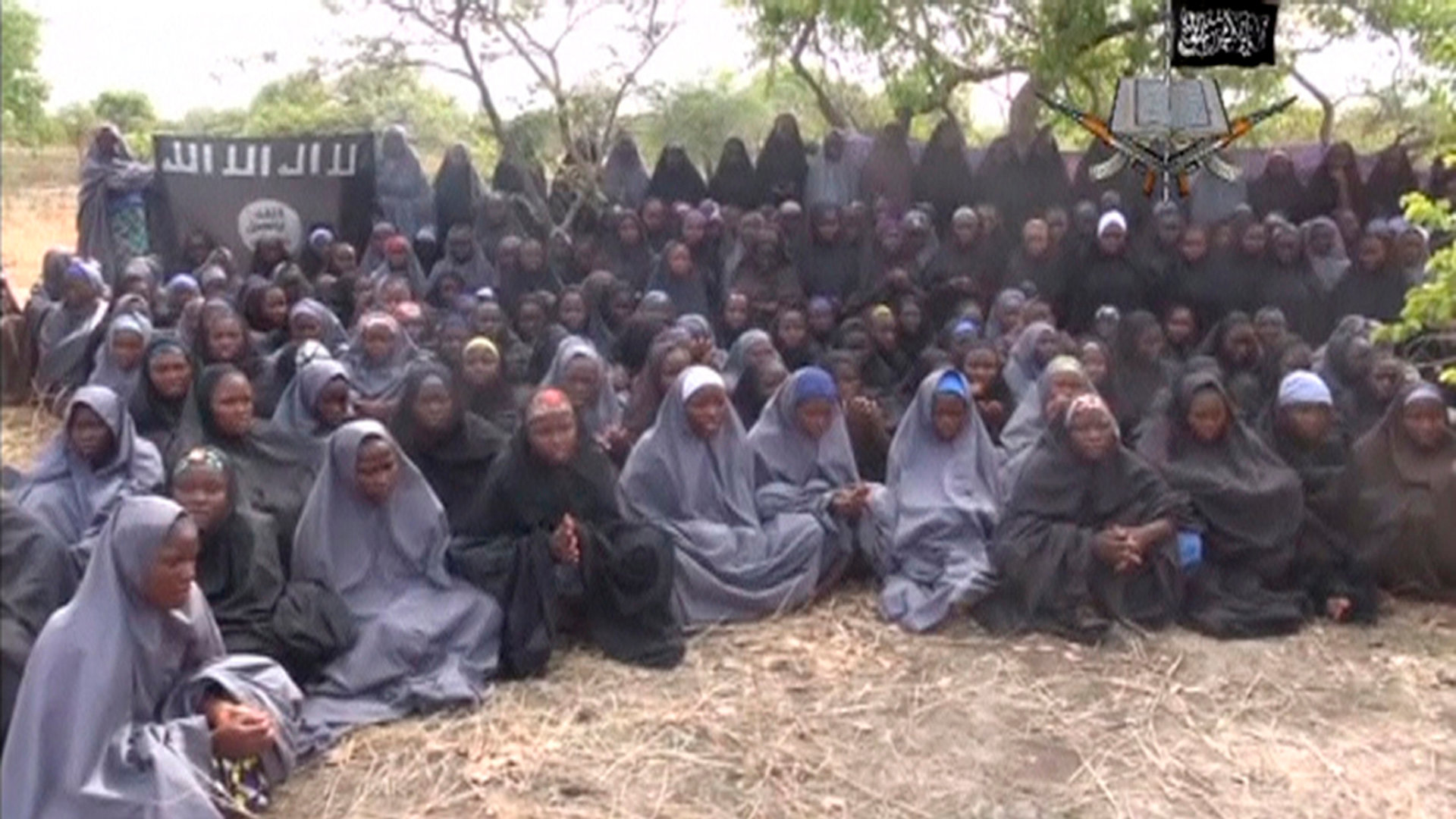
While killings often command international attention, many of the most chilling tactics used to suppress religious freedom unfold quietly—through arrests, detentions, and abductions. In authoritarian regimes and lawless regions alike, these acts of intimidation serve as sharp-edged tools to fracture communities, silence dissent, and remind the faithful of the invisible lines they must not cross.
This report from the International Institute for Religious Freedom (IIRF), drawing from the Violent Incidents Database (VID), maps these under-reported but deeply consequential forms of persecution. It is not only about numbers—it is about a pattern of coercion operating in the shadows of official legality and informal violence.
Arrests as Strategy: The New Normal of Soft Repression
In 2022 and 2023, Christians were arrested in 28 countries. Some of the highest counts were recorded in China (713), Eritrea (364), and Nicaragua (95). These arrests are rarely about justice; rather, they operate as psychological instruments of control. Research shows that the unpredictability and opacity of detention—where neither duration nor charges are clear—creates lasting trauma, not just for those arrested but also for their congregations.
In Cuba, arrests are fewer than in earlier decades, but their arbitrary and symbolic nature keeps religious leaders in check. The message is clear: freedom of belief comes with unspoken conditions. In Nicaragua, the shrinking civic space has left religious institutions—especially the Catholic Church—as some of the last remaining voices of dissent, making them prime targets for state surveillance and punishment.
Sentences That Send a Message
While many arrests do not result in formal sentencing, those that do often serve to reinforce a regime’s ideological dominance. In China, the number of sentences remains modest (21 for Christians during the two years analyzed), yet it is the symbolic weight—and the potential for repeat incarceration—that matters most. Notably, Nicaragua and Cuba each issued over 20 sentences, often for vaguely defined offenses. These proceedings are frequently opaque, lacking due process and independent oversight.
More broadly, when data includes all religious groups, the pattern of abuse expands. China leads again with 823 sentences, many involving Uyghur Muslims and Falun Gong adherents, whose cases often remain shrouded in secrecy.
Abduction: The Preferred Weapon of Non-State Actors
Where state authority fails or collaborates with criminal elements, abduction emerges as the tool of choice. These are not the kidnappings of ransom movies—they are targeted disappearances of religious leaders, carried out by militias, gangs, or insurgent groups to silence, intimidate, or eliminate those seen as threats.
Nigeria, long plagued by both extremist violence and government impunity, saw 5,868 abductions of Christians in just 18 months. The reality is grimmer still: abduction data is notoriously underreported, especially in areas where survivors remain silent out of fear. From Cameroon and Burkina Faso to Mozambique and Mexico, abduction is becoming normalized as a low-risk, high-impact form of religious suppression.
And the violence is not confined to Christians. In Nigeria alone, the IIRF documented 3,710 abductions of Muslims—evidence that persecution often transcends sectarian lines, particularly where insecurity and impunity reign.
The Global Map of Intimidation
The VID’s global overview shows that persecution in the forms of detention and disappearance is not localized—it’s systemic and global. In El Salvador, India, and Egypt, the pattern reflects political agendas and state alliances with ideological movements. In Israel, the shocking October 2023 abduction of 253 Israelis and foreigners by Hamas reminds us that abductions can also serve broader geopolitical ends.
Even countries not typically associated with such violations—such as Canada, Ireland, and Hong Kong—appear in the data, albeit in smaller numbers. Their presence illustrates a growing global intolerance of religious expression in contexts of political polarization or rising authoritarian tendencies.
Arrests without charge. Sentences with no due process. Disappearances that generate no headlines. These are the quiet instruments of persecution—the ones meant not just to punish, but to intimidate entire communities into silence. The IIRF’s ongoing documentation through the Violent Incidents Database does more than count cases. It can surface patterns of repression designed to be hidden.
As religious communities continue to absorb these blows, the work of documenting, analyzing, and exposing these acts becomes more essential than ever. If religious freedom is to mean anything, it must include freedom from fear.